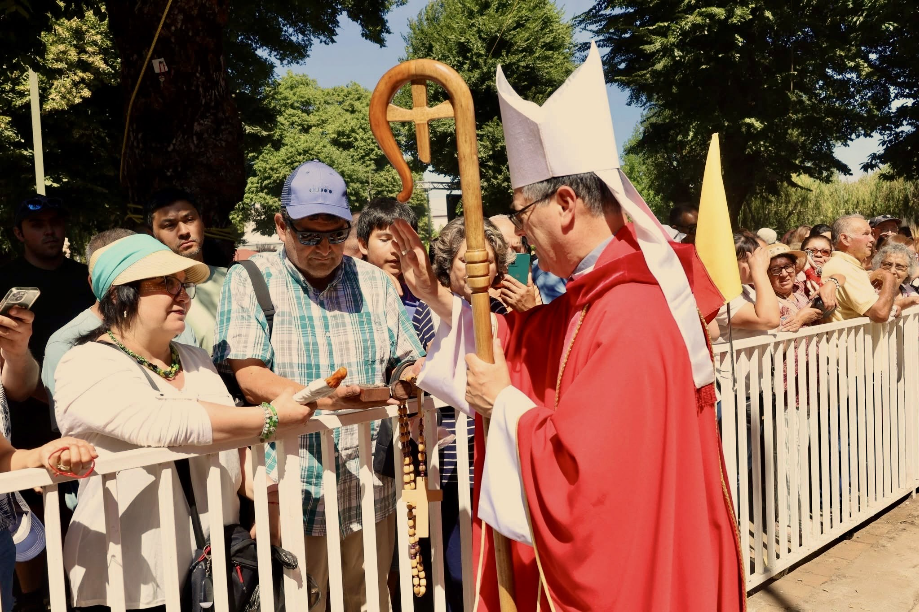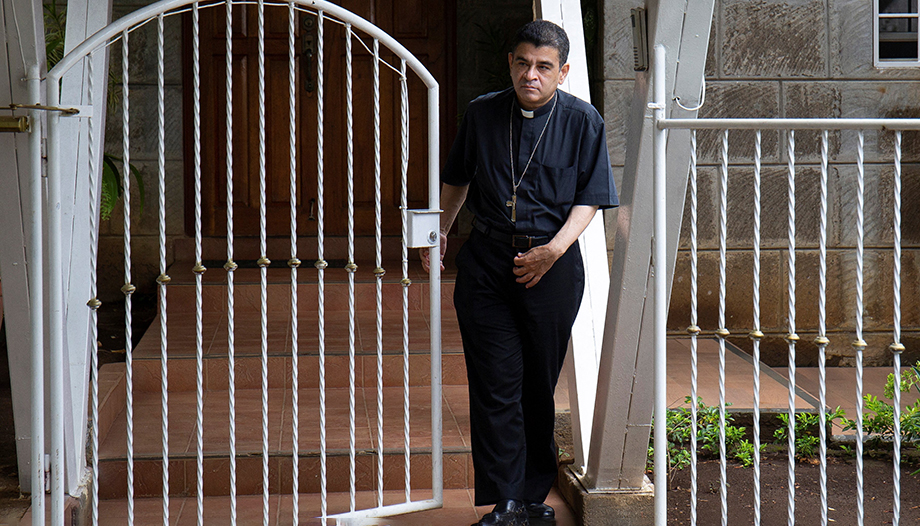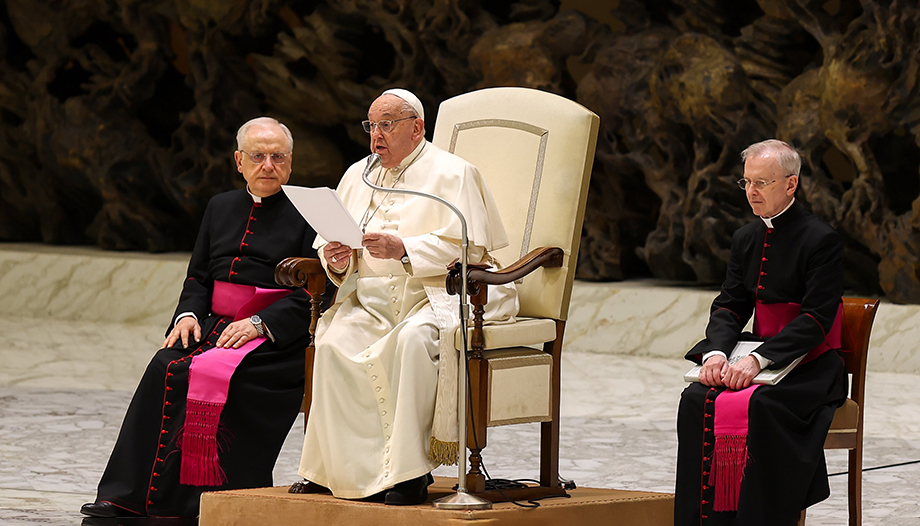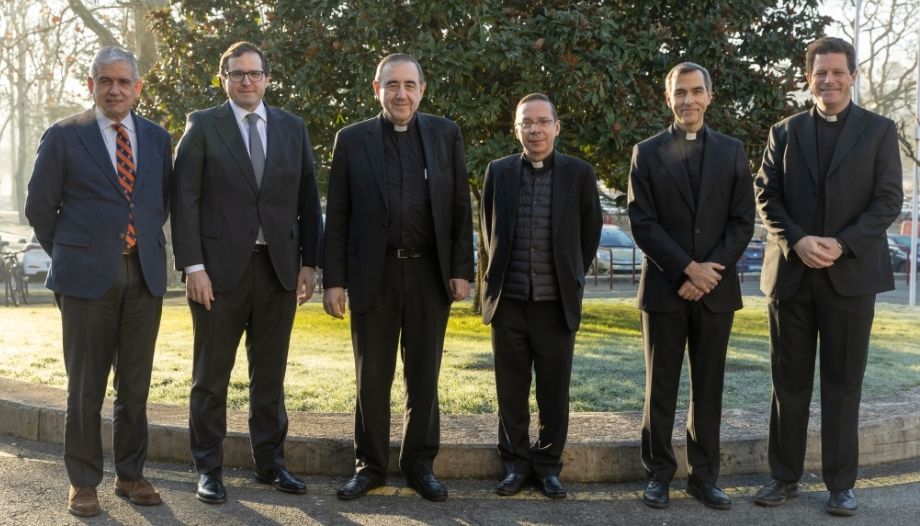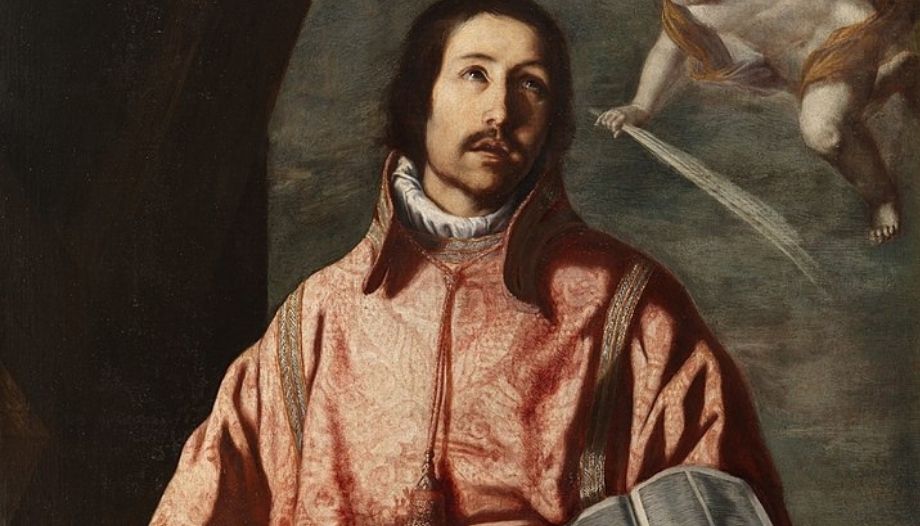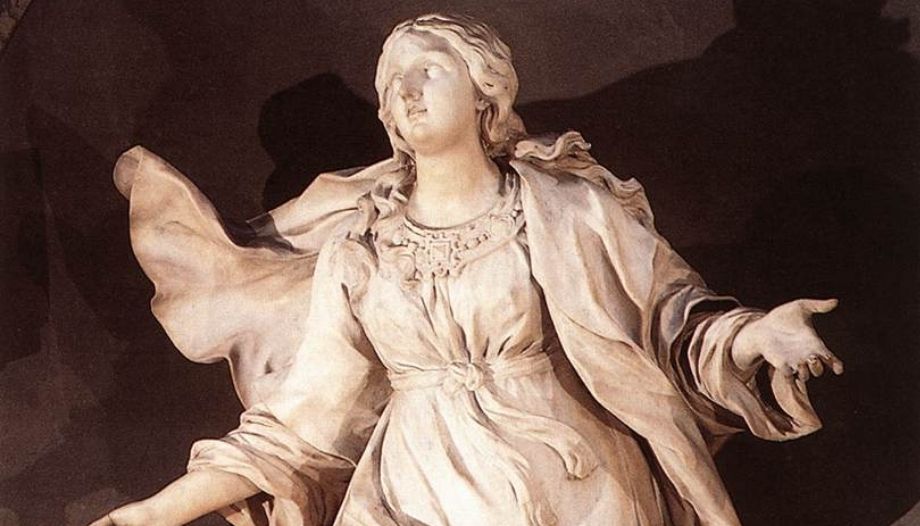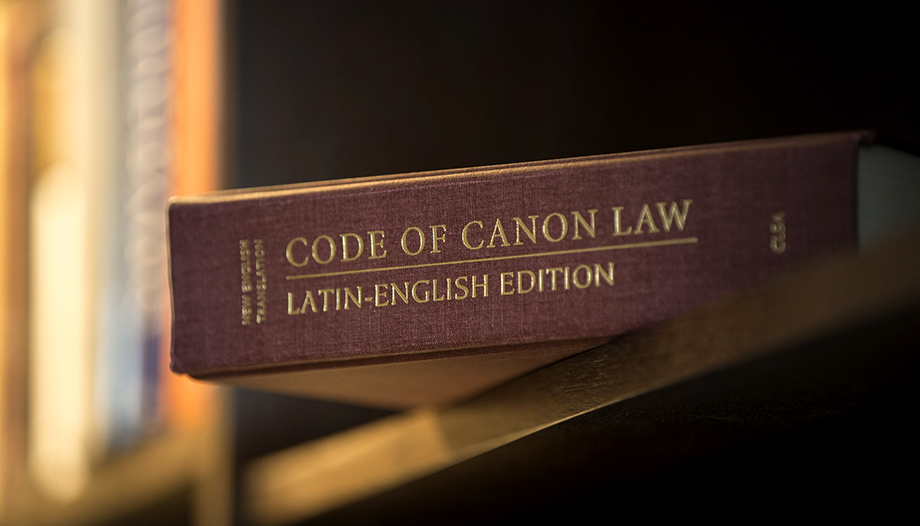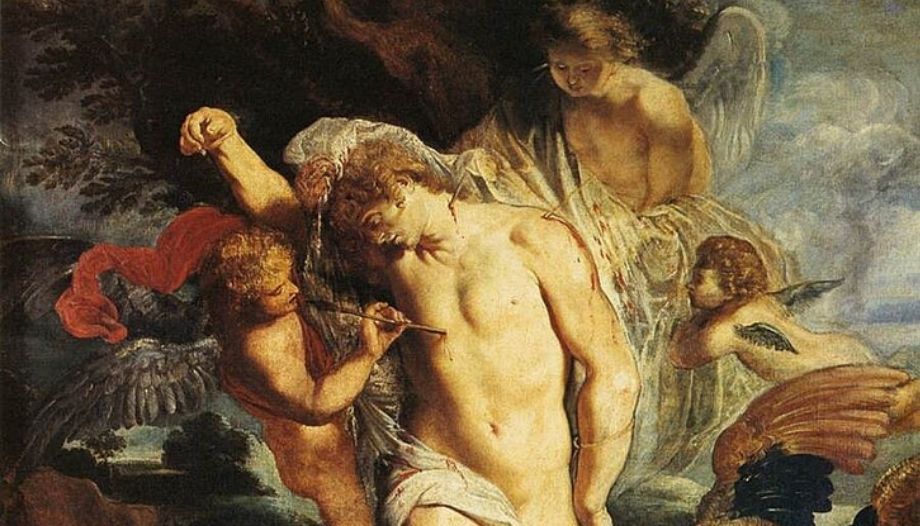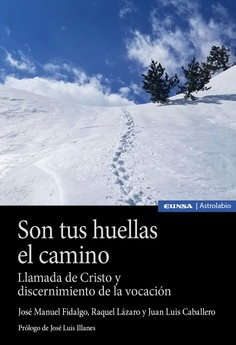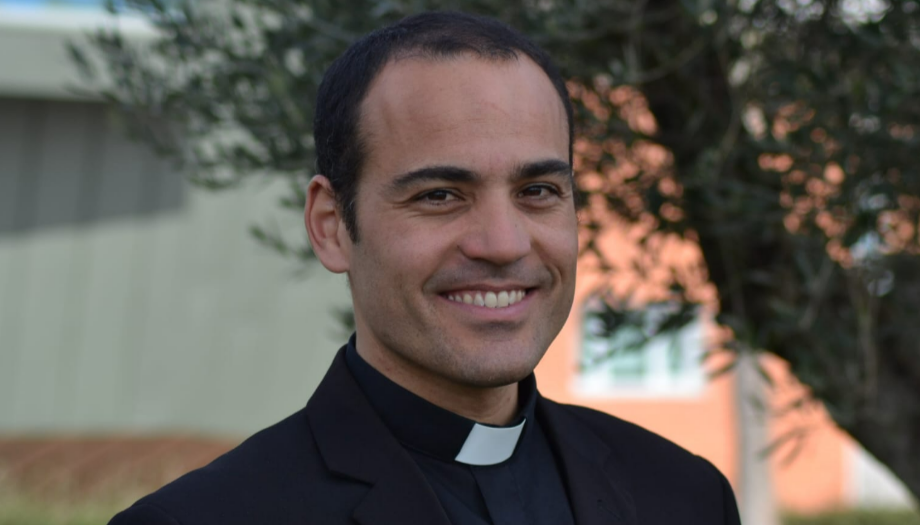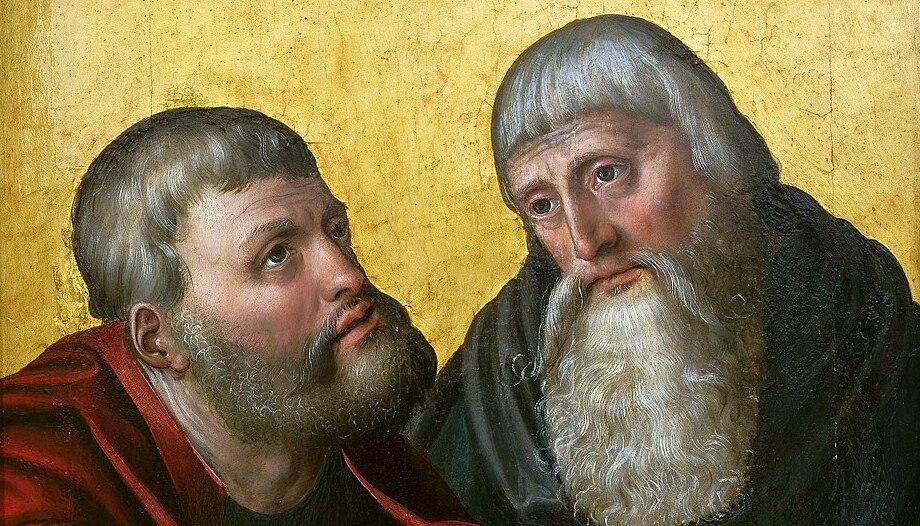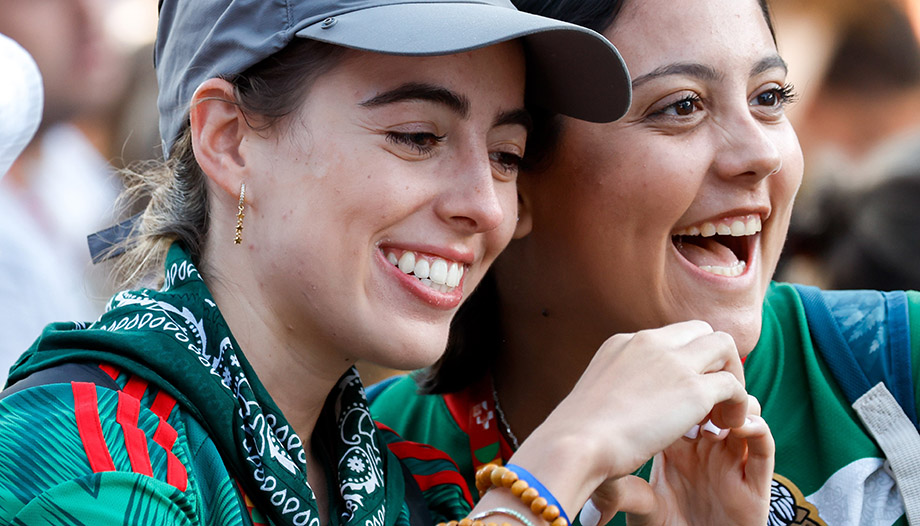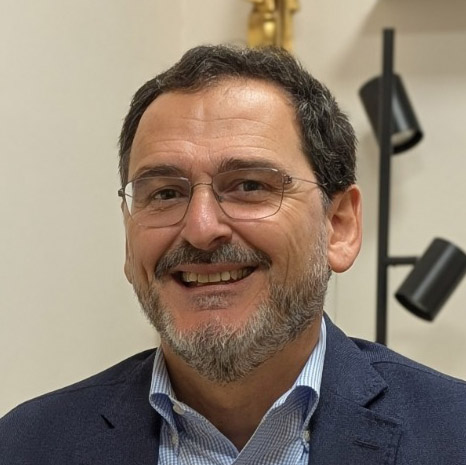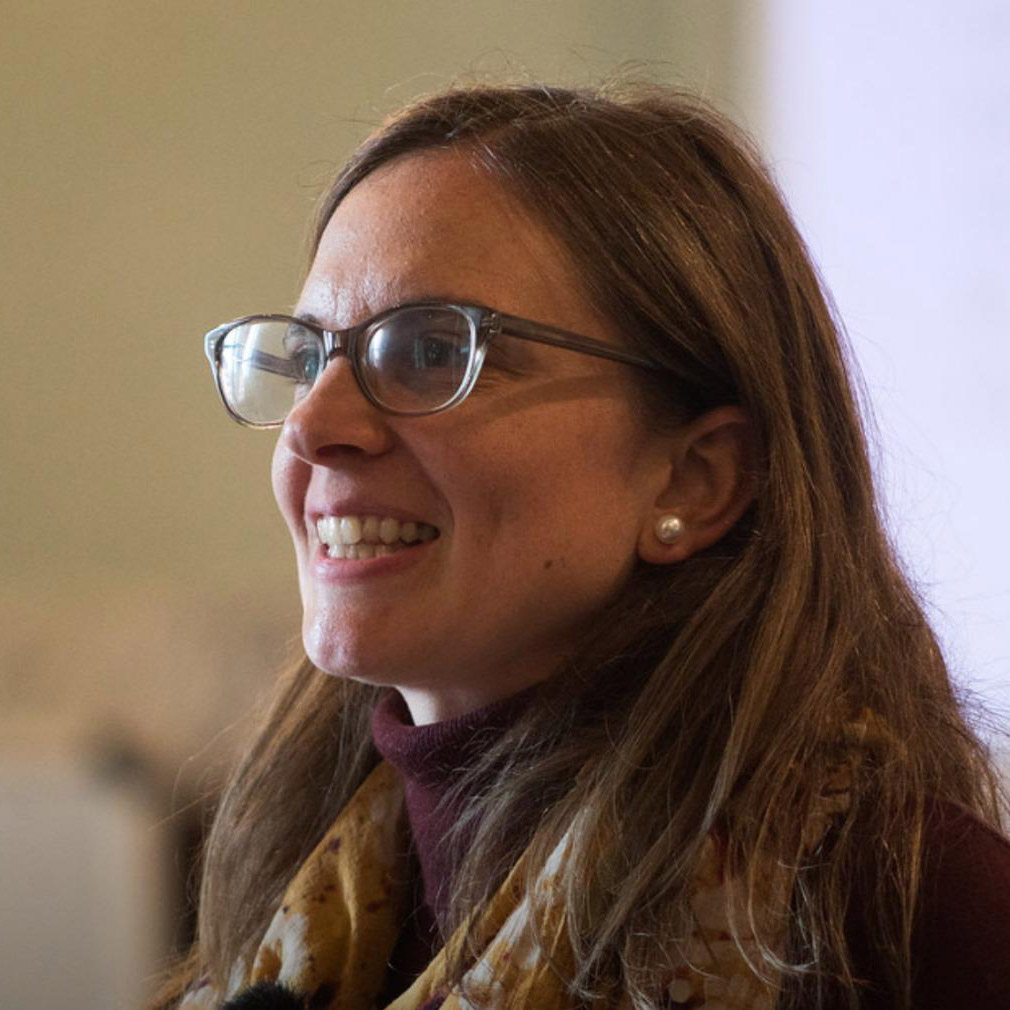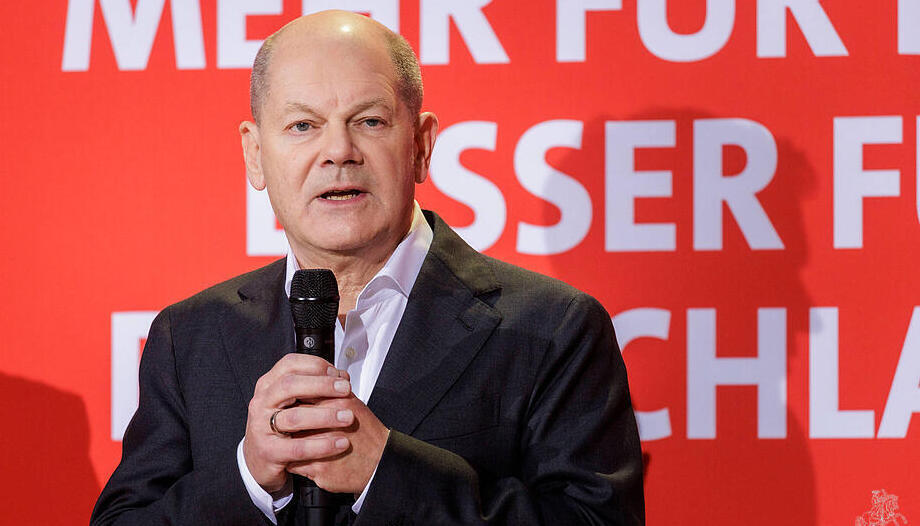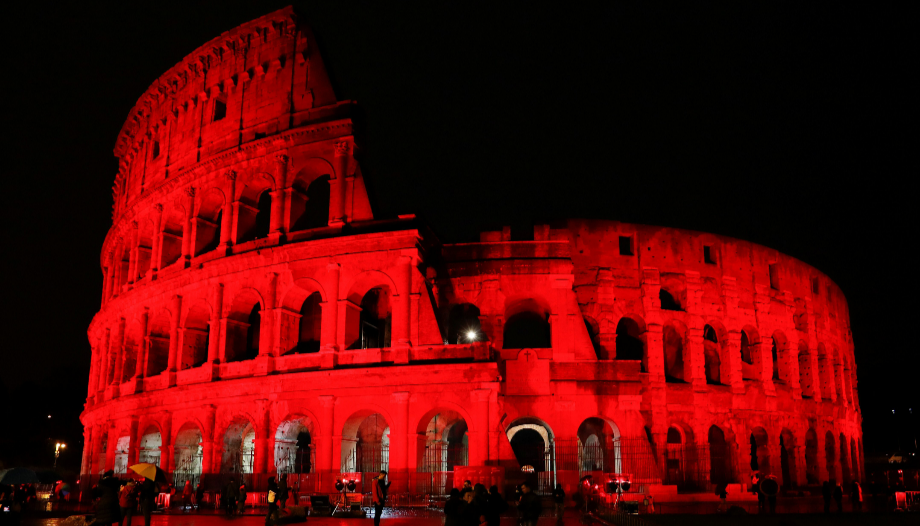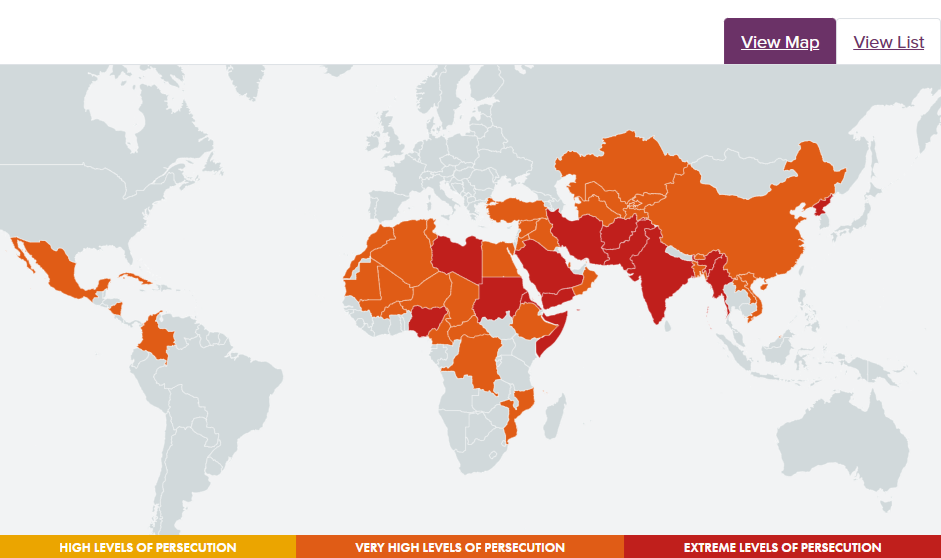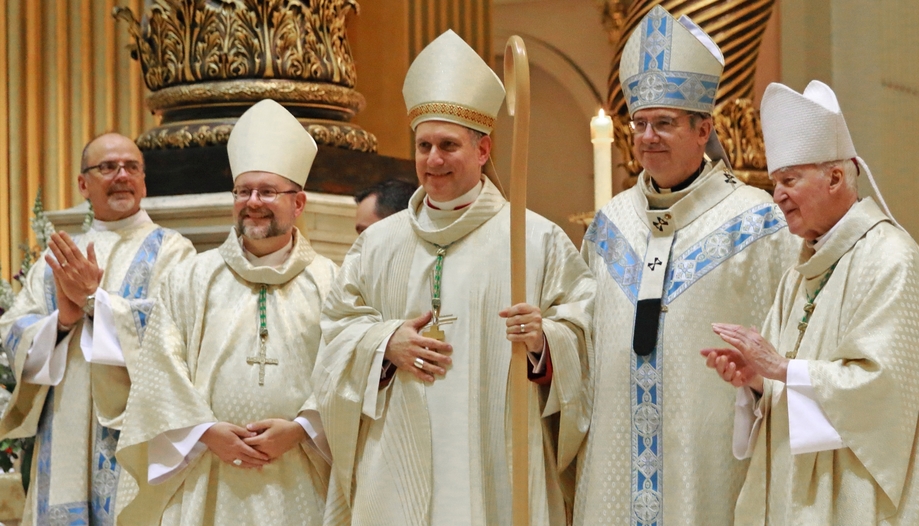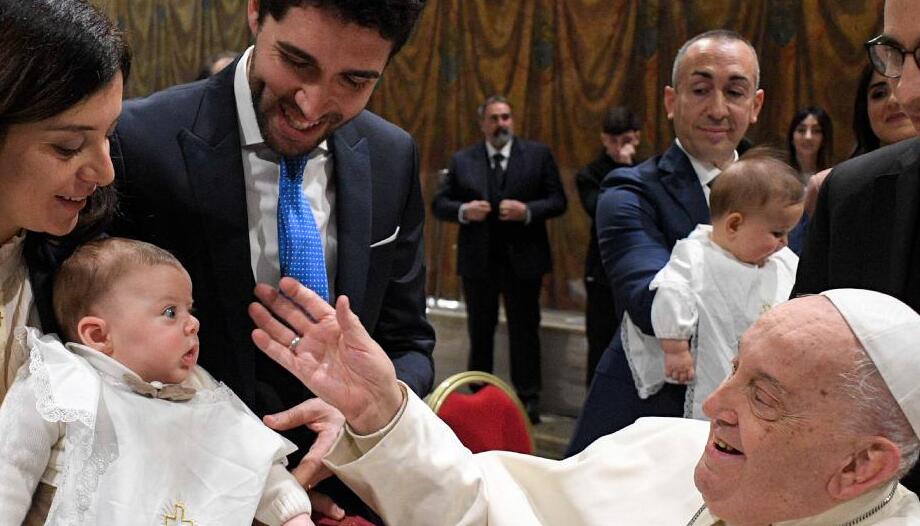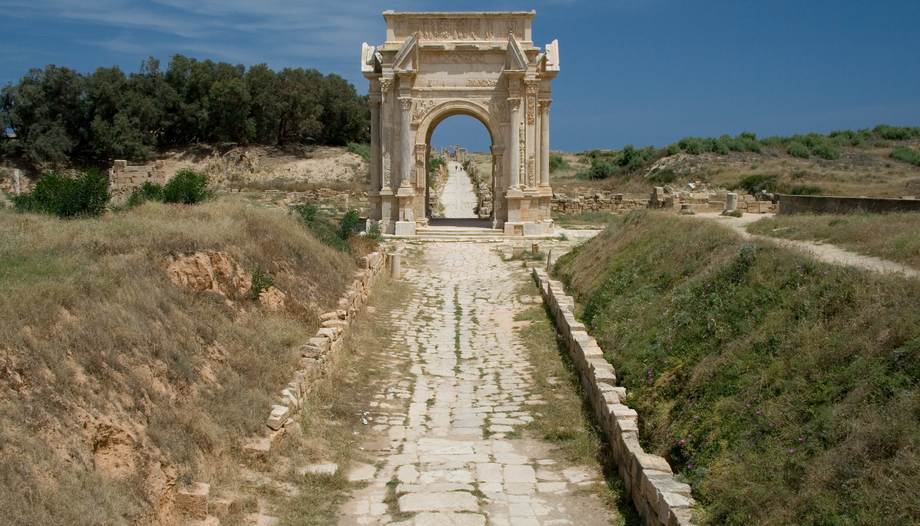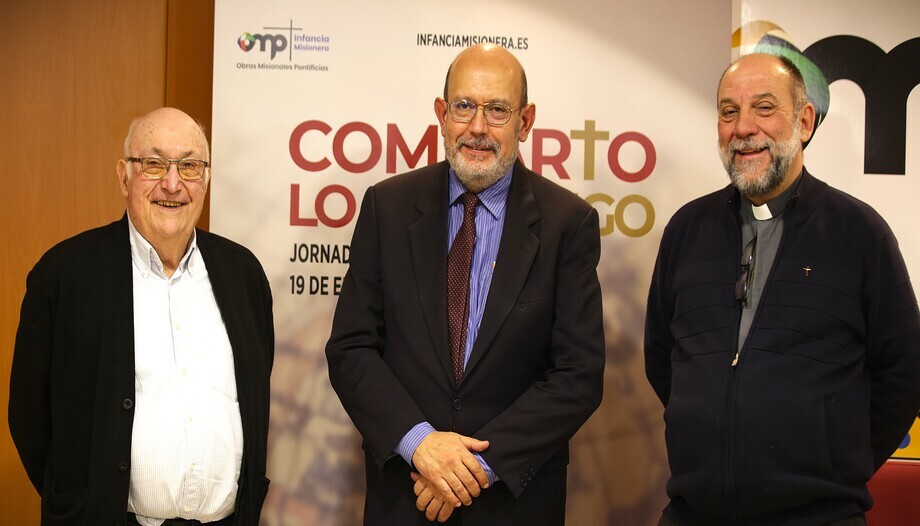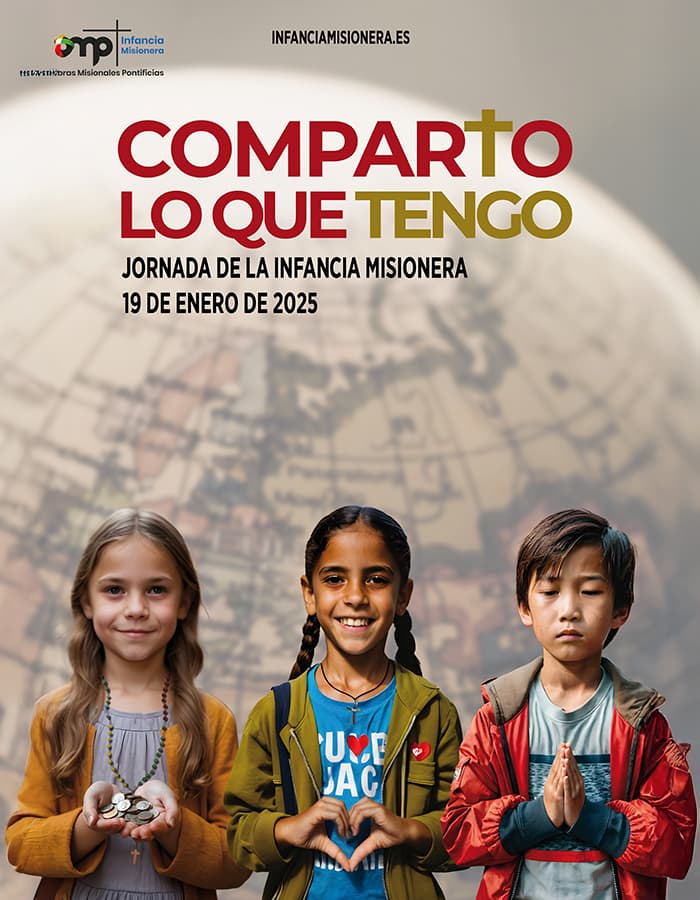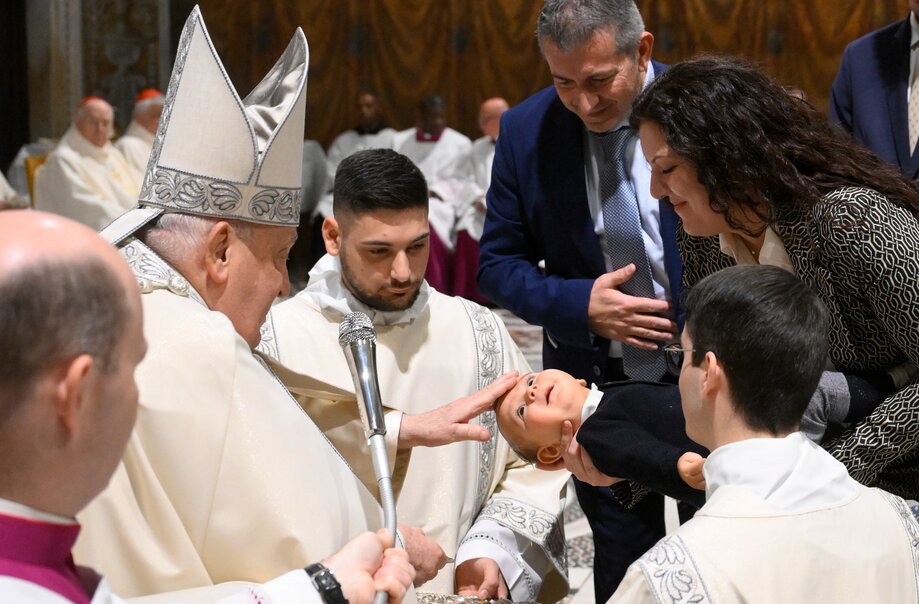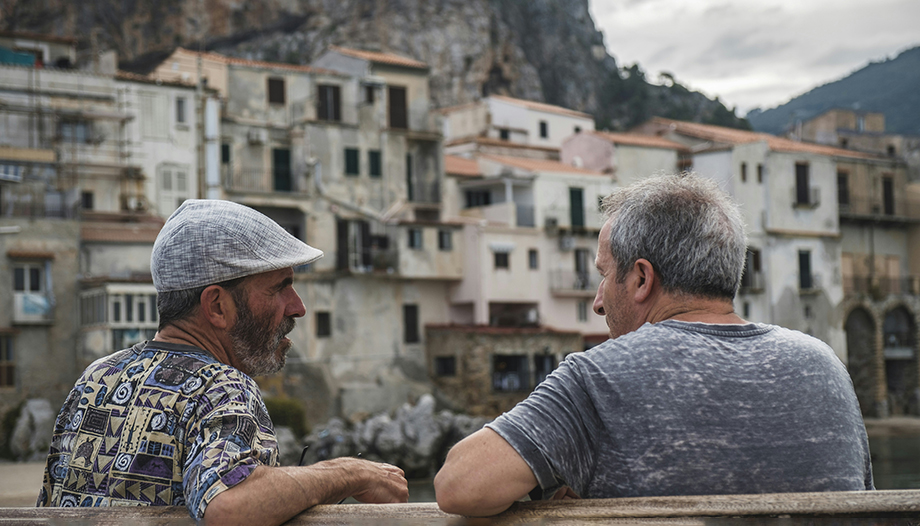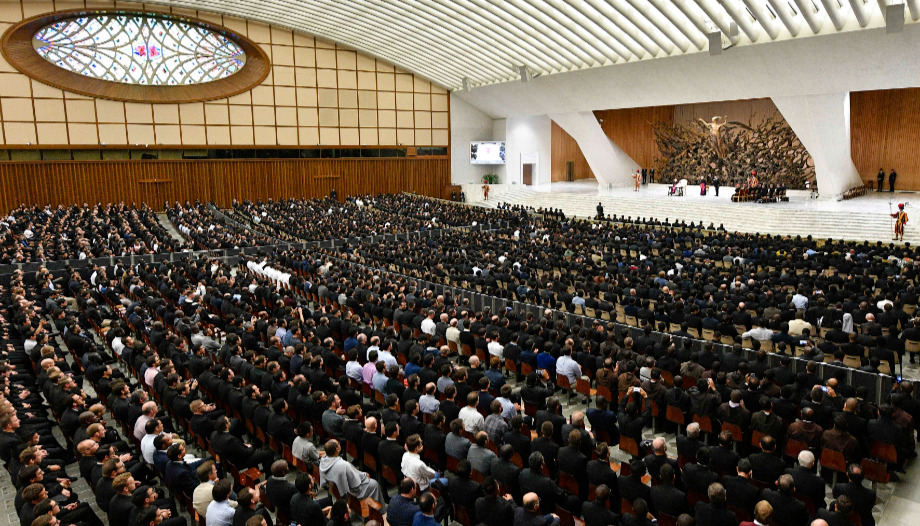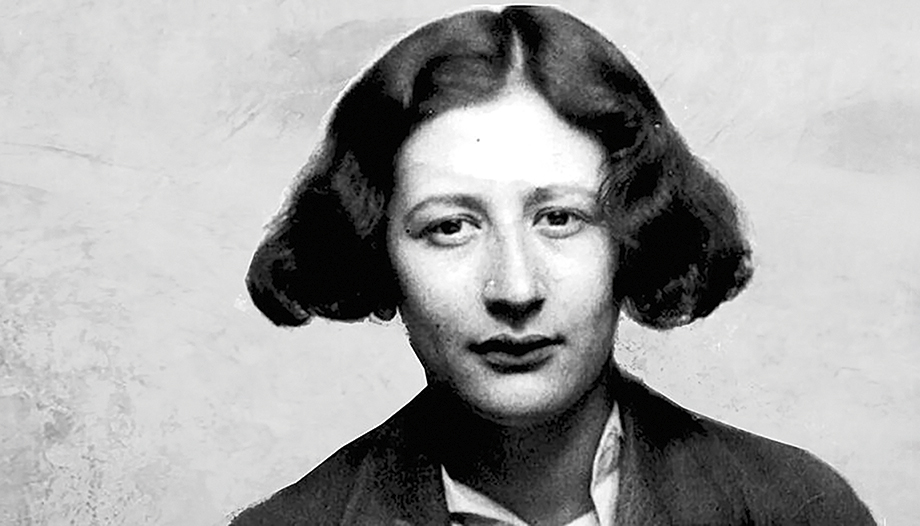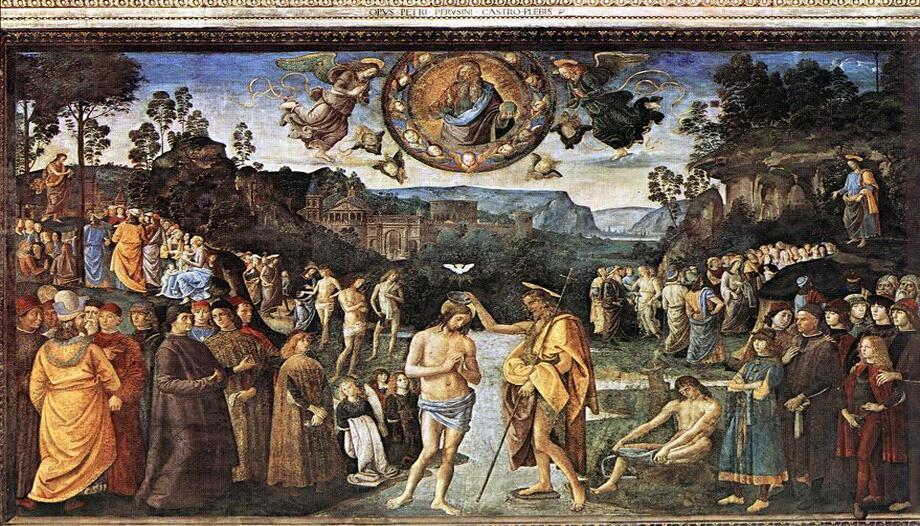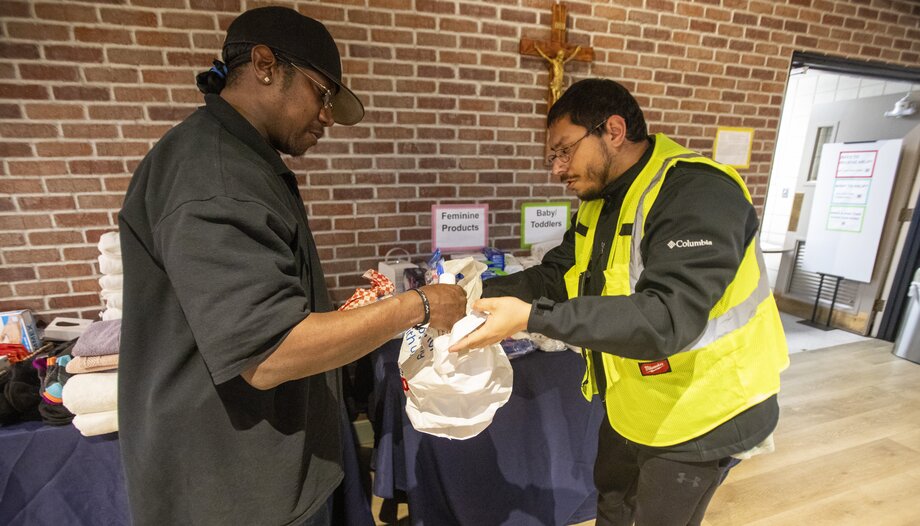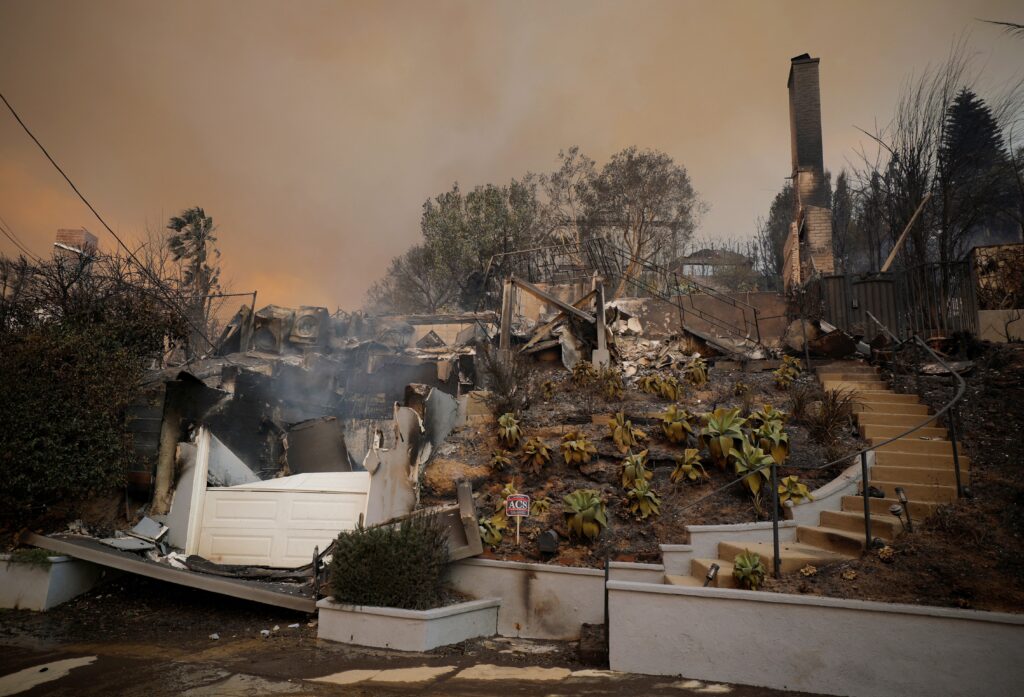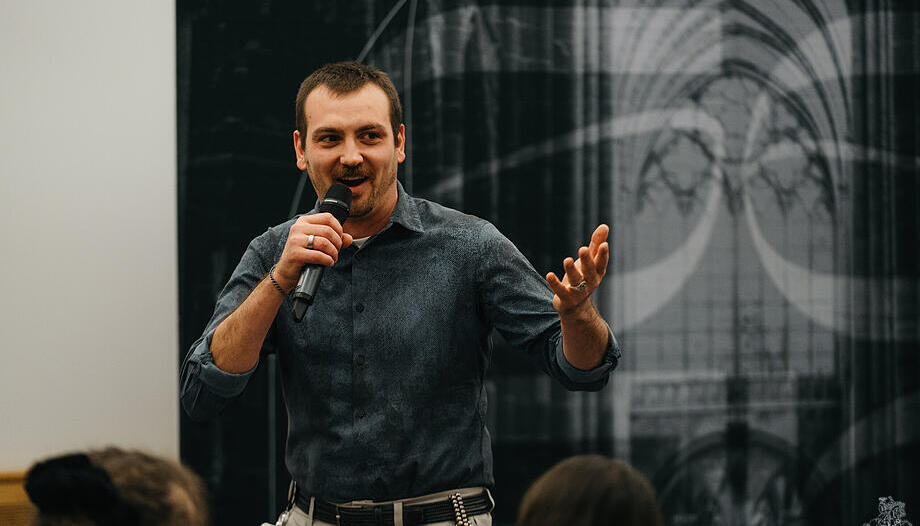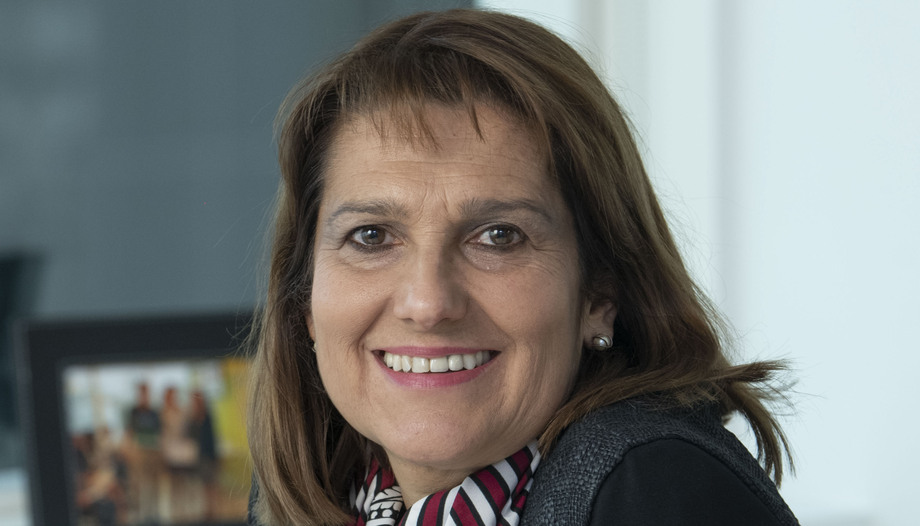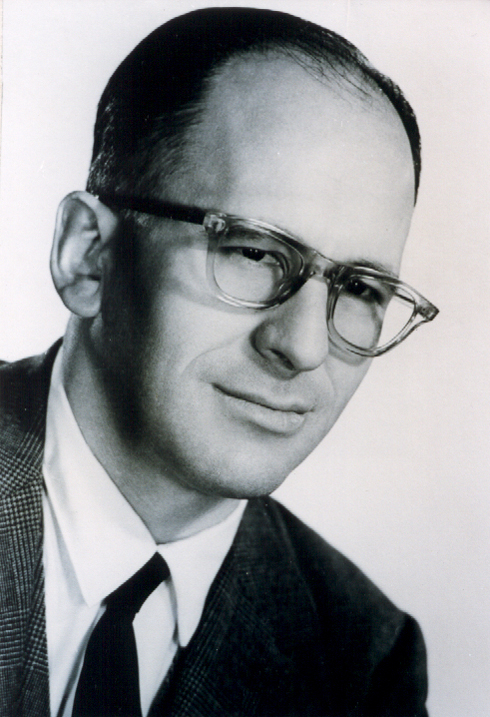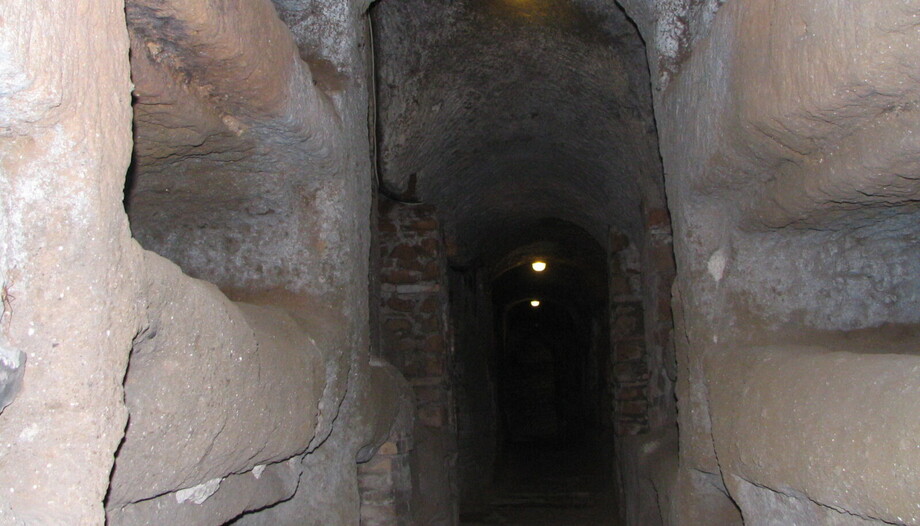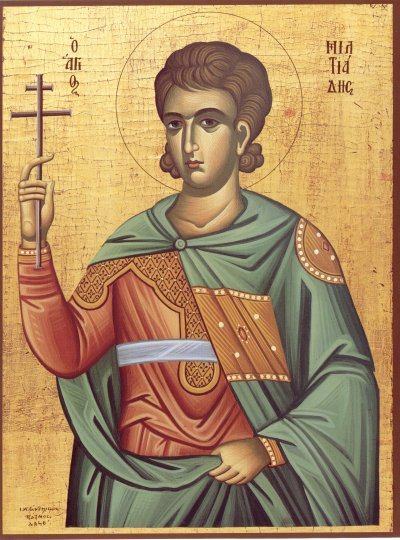In any field of human knowledge it is decisive to understand the essence of the respective object. In the juridical field it is very evident the need to constantly keep in mind what law is; and the same is true in Church law.
This is not merely a theoretical, elegant or exquisite question, but a question that, in fact, informs and determines the entire practical work of the jurist, and specifically of the canonist, and that is also very important in the understanding of canon law by non-specialists.
When this problem is avoided, it can mean that certain impoverished schemes are accepted mechanically, even distorting reality, with the sad consequence of endorsing injustices.
At present, it seems to me that a paradox exists in this regard. On the one hand, there is fairly widespread agreement at the theoretical level on the importance of conceiving law in the Church in the light of the mystery of the Church herself, as indicated by the Vatican Council II (cfr. Optatam totius, n. 16). We are aware that a positivist approach, understood above all as a simple legalism that considers Canon Law as a mere set of human laws to be applied without further ado to concrete cases, is currently unavailable.
The recent pontifical magisterium is very clear and reiterated in this sense: Canon Law must be seen as an intrinsically ecclesial reality, as a reality that belongs to the supernatural plane of faith and theology. However, this is curiously compatible with a persistent de facto legalism: both those who defend ecclesial law and those who criticize it or, more frequently, simply ignore it, continue to think in practice that this law is a set of juridical norms, which finds its principal expression in the current Latin and Eastern Codes. The basic conviction described above does not seem to have influenced the effective way of approaching and implementing the juridical in the People of God.
At the root of this phenomenon we can see that some fundamental oppositions are deeply rooted: law-theology; law-pastoral; hierarchical power-freedom and the rights of the faithful. These are pieces that do not fit together. Basically, despite all the theological progress that has been made, the previous concept of "theology" is almost always used, more or less consciously. Canon Law as a set of ecclesiastical laws. And this concept appears to be not very theological and not very pastoral, in itself contrary to the freedom of the children of God. The more theological, the more pastoral and the more freedom-promoting an ecclesiastical law is, the less "juridical" it should be.
The skein described above is not easy to untangle. It will take some time for a peaceful awareness of what law is in the Church to be recovered, and for this awareness to be effectively renewed, that is, to succeed in integrating all that is valuable in the canonical tradition with the contributions of the last Council and of this entire period of the Church's history.
I think that three fundamental positions can be taken on the question I have presented. I will try to describe them summarily, without going into the details of their formulations, in order to go more directly to the bottom of their ideas, and not get caught up in disputes of schools, which by the way in this field are currently tending to become blurred.
Law and pastoral reality
In the first place, this new stage can be seen above all as an attempt to transform the law into a more pastoral reality, closer to the life of the faithful and of Christian communities. This is a positive trend, insofar as it reacts against the excesses of a legalistic and formalistic rigidity that turns the observance of rules and forms into autonomous ends, that forgets the otherwise traditional function of equity, both as a correction of the deficiencies of general human rules and as a moderation of justice alone, thanks to charity and mercy. It is also positive to avoid an exclusively hierarchical conception of law, as if it consisted only of the imperatives of the sacred Pastors, forgetting the juridical dimension of the plane of equality and freedom based on the common Christian dignity of all the baptized, sharers in the one mission of the Church and beneficiaries of the action of the Holy Spirit through his gifts and charisms.
However, pastoral care cannot degenerate into pastoralism, that is, into an attitude that, in the name of pastoral care, pretends to ignore or attenuate other essential dimensions of the Christian mystery, among them the juridical dimension.
If pastoral care dilutes any juridical obligation, relativizes any ecclesial obedience, in practice empties the canonical norms of meaning, wields any kind of supposed right without worrying about its Christian legitimacy, then it has also been deformed as pastoral care. True pastoral care can never be contrary to true law in the Church. In order to understand this, however, it is essential to understand what this law is. Only in this way will it be possible to grasp the constitutive harmony between pastoral care and law.
The theological dimension of canon law
Another current has especially emphasized the theological dimension of law. Although it is not exclusive to it, the importance of the Munich school, which originated in Klaus Mörsdorf.
Even before the Council, Mörsdorf had been insisting that Canon Law is something intrinsic to the Church, to be understood in relation to the sacramentality of the Church itself, and that it must be situated more specifically in the word and the sacraments, as intrinsically juridical factors that build up the People of God. Among his disciples, Eugenio Corecco is particularly well known, who radicalized the theses of his master, leaning towards a conception that strongly emphasizes the difference between Canon Law and secular law, and which conceives canon law as an essentially theological science. He uses the concept of the communio as the key to understanding law in the Church, advocating that the virtue of charity, not the justice of the jurists, would govern it.
Again, it is necessary to discern between undoubtedly valuable aspects of this approach - above all its vision of Canon Law as something intrinsically linked to the mystery of the Church, and its recourse to foundational theological realities - and its limits, stemming in my opinion above all from the neglect of justice as a specific virtue of the juridical world, which does not allow us to grasp that in Canon Law, with its supernatural content, a natural dimension of human coexistence is present and operates.
Canon Law in legal realism
The third current insists on the almost perogrullesque idea that Canon Law is true law.
Within it there are several variants. I will discard at this point those that seek to embrace a merely technical-instrumental vision of law, and that assume the same law-theology, law-pastoral oppositions, only in favor of law. Much more interesting, on the other hand, are those doctrines that try to apply to Canon Law the best of the classical and Christian juridical tradition. I am thinking especially of the efforts of my unforgettable teachers, Pedro Lombardía and Javier Hervada, and especially of the latter's attempt to approach law in the Church from the perspective of classical juridical realism, that is, from the notion of law as what is just, the object of the virtue of justice.
From this perspective, law in the Church is not primarily a set of norms, but that which is just in the Church herself, a network of relationships of justice within the People of God (which also project outward, following the universal mission of the Church). At this point I would like to highlight some fundamental characteristics of this approach, which allow us to appreciate its potential fruitfulness.
Above all, the perspective of justice fully assumes the protagonism of the human person in the Church: man as the way of the Church, according to the well-known expression of John Paul II. The just, a synthesis of essential and permanent elements (divine law) and contingent and historical elements (human law), always relates to persons, as bearers of reciprocal rights and duties. The center of Canon Law is each human person, and in the first place the faithful.
But this does not entail any danger of individualism. What is due in justice to each one in the Church exists precisely because the salvific design of God in Christ and in the Church assumes human sociality, in its aspects of charity and also of specific justice. We are dealing with the great theme of communion, which increasingly captures the attention of the ecclesiology of our time, as the very core of Vatican II's teaching on the Church. Canon Law is at the same time, and inseparably, personalistic and communional, precisely because belonging to the Church entails a communional relationality of the person, of an intrinsic nature.
The heart of canon law
These ideas become more concrete and clearer when one considers what the object of intra-ecclesial justice relations is. There are many juridical goods at stake, including those of a patrimonial and organizational nature. Nevertheless, the heart of Canon Law is found in the very heart of the Church in its visible-sacramental dimension, that is, in the salvific goods: the word of God and the sacraments, beginning with their center, the sacramental Sacrifice of the Eucharist.
The rights and duties of the faithful among themselves, and between the Pastors and the other faithful by reason of the ministerial priesthood, have as their subject matter these salvific goods, which obviously go beyond the juridical dimension, but also include it as necessary.
Thus, for example, transmitting the word of God in its authenticity constitutes for a Christian parent a true duty of intra-ecclesial justice towards his children; for Pastors, organizing themselves in such a way that the sacraments are effectively accessible to all is also a permanent requirement of justice.
This vision makes it possible to harmoniously overcome the sterile dialectics that so often obscure the understanding of canon law. Understood as what is right in the Church, its theological transcendence is immediately apparent: it is a dimension of the salvific mystery itself, for Jesus Christ willed that the pilgrim Church should assume, as he did in his earthly existence, the reality of law; and not for accidental or circumstantial reasons, but above all to unite us to one another in the preservation and diffusion of the goods of salvation in their visible aspect. It is thus easy to understand why we have always seen the salus animarum as the proper purpose of law in the Church. It is an intrinsic purpose, connatural to its very being, not a kind of superaddition.
Canon Law is salvific precisely as law, as what is just, not in spite of being just, as if it were a lesser evil, required for mere organizational, purely external reasons. In this perspective, the ecclesiological notions of communion and sacramentality can be applied to ecclesial juridical matters in a way that goes beyond any opposition between them and the law. It is much better to discover that law in the Church, precisely as law, is an intrinsically salvific, ecclesial, theological reality.
The pastoral nature of law is also illuminated by this notion. Of course, it is evident that what is just is, by its very nature, something pastoral, even if naturally in ecclesial life, and in the action of Pastors, it is necessary to go much further, by means of charity. However, mercy can never be transformed into the validation of injustice.
The supposedly pastoral nature of solutions that do not respect the truth of what is just, because they relativize everything according to subjective needs, proves in practice to be profoundly sterile. Failing to demand what is due in justice, in such key questions as those concerning the validity of marriage and access to Holy Communion, despite momentary appearances, leads only to distancing people from the salvific encounter with Christ, and in fact always produces a further cooling of Christian life. It is quite another thing to go out to meet people in difficulty, with exquisite charity and patience, on which Pope Francis has insisted so much, trying precisely to put them in a position to discover in their lives the beauty of the demands of true love. Even that which is just in virtue of a legitimate human norm, always at the service of the same essential and divinely constituted dimension of intra-ecclesial justice, must be observed as a due manifestation of communion in every concrete moment of salvation history. Consider also the recent rediscovery of the need to impose canonical penalties for conduct that constitutes a grave violation of juridical goods, as in the case of sexual abuse committed by clerics against minors: the good of the Church, true pastoral care, demands recourse to ecclesial sanctions, which must always be applied by means of a just process.
Finally, the opposition between hierarchical power and the rights of the faithful does not make sense either. Pastors, even when they exercise in the proper sense the acts of the power of jurisdiction, are truly at the service of the authentic freedom of the children of God. Their ministry is truly liberating, also in the sense that it must promote the apostolic vitality of all, which in reality is to foster an attitude of docility to the charismatic gifts of the Holy Spirit. This freedom, however, is inseparable from union with the Pastors, first of all with those who succeed the Twelve Apostles and with the one who succeeds Peter, and then with his collaborators in the sacred ministry.
The Catholic faith does not see the hierarchical mission as a function of a simple efficacy of social authority (although this dimension is also assumed in the Church), but as an aspect of the ecclesial mystery in which the vertical sense of communion shines forth, through the representation of Christ assumed by those who have received the sacrament of Holy Orders. There is here a mystery of authentic paternity, participation in the divine paternity, which leads us to think of the Church as a family, that is, as a type of social reality in which life, in this case supernatural life, is transmitted. This, of course, cannot in any way obscure the radical equality of all persons in the face of the salvation won by Christ, and the consequent radical equality of all the baptized in the Church.
We can say that among the most important rights of the faithful is precisely the right to enjoy Pastors who fulfill their duty as such, to make Christ present as Head in the sacraments and in the word. All this is in no way opposed to the participation of the lay faithful in the institutional sphere of the Church, having their voice so relevant in the synodal instances and being able to assume ecclesial assignments for which the sacrament of Orders is not required, without forgetting that the place in which the laity must build the Church is above all that of temporal realities: the family, work, culture, public life, etc.
Understood in this way, the right fits perfectly within the scope of the Church's salvific mission. The awareness of the timeliness of the mystery of the Incarnation of the Word also implies putting every means in place to actualize the right of each and every person to a personal encounter with Christ through the salvific goods that he has left to his Church.
In conclusion, I would like to quote some recent words of Pope Francis in a refresher course on Canon Law promoted by the Roman Rota, which underline the relationship of ecclesial law with the life and mission of the Church: "We can ask ourselves: in what sense is a course of law related to evangelization? We are used to thinking that Canon Law and the mission of spreading the Good News of Christ are two separate realities. Instead, it is decisive to discover the link that unites them within the one mission of the Church. One could say schematically: neither law without evangelization, nor evangelization without law. Indeed, the core of Canon Law concerns the goods of communion, first and foremost the Word of God and the Sacraments. Every person and every community has the right - has the right - to an encounter with Christ, and all juridical norms and acts tend to foster the authenticity and fruitfulness of this right, that is, of this encounter. Therefore, the supreme law is the salvation of souls, as the last canon of the Code of Canon Law affirms (cf. canon 1752)" (Discourse of February 18, 2023).
The authorCarlos José ErrázurizProfessor of Canon Law. Pontifical University of the Holy Cross.











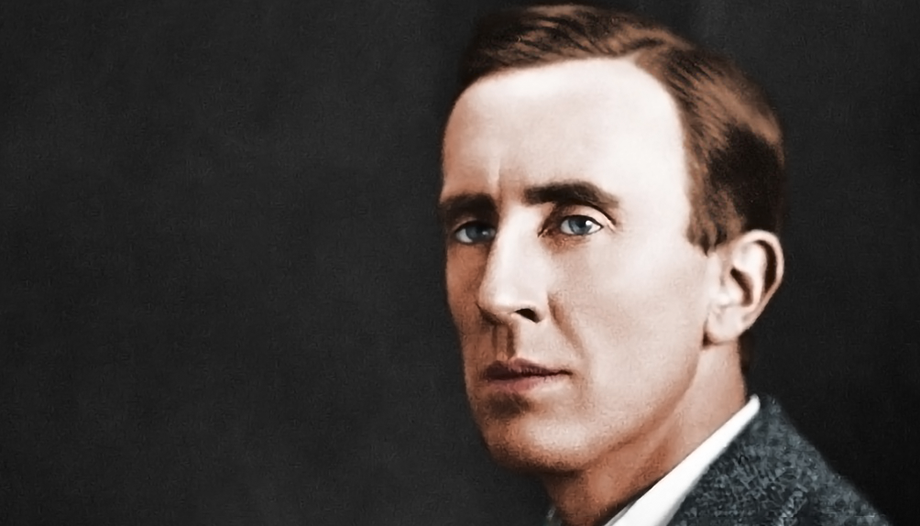
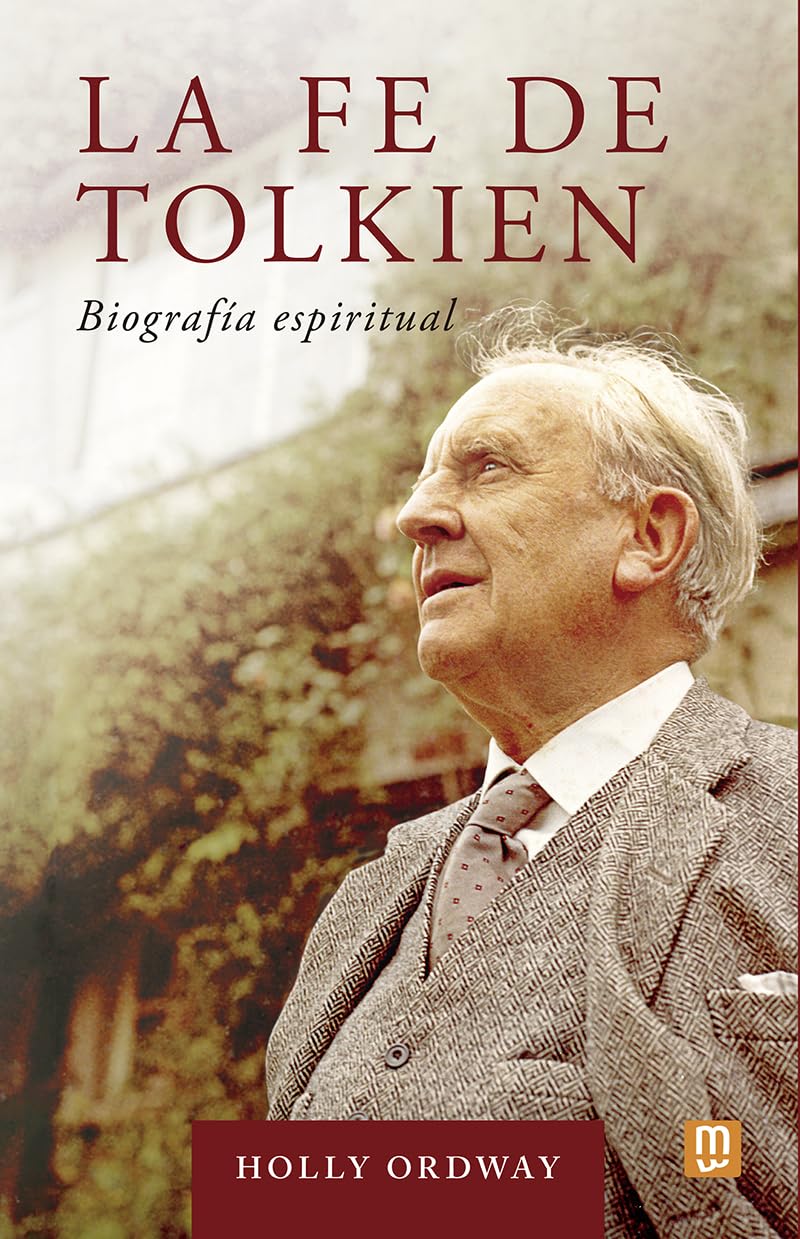

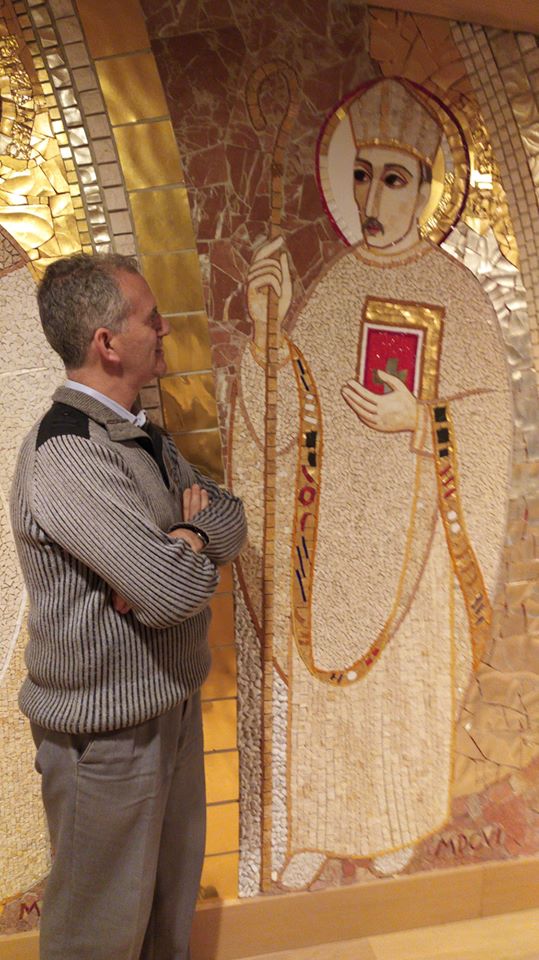

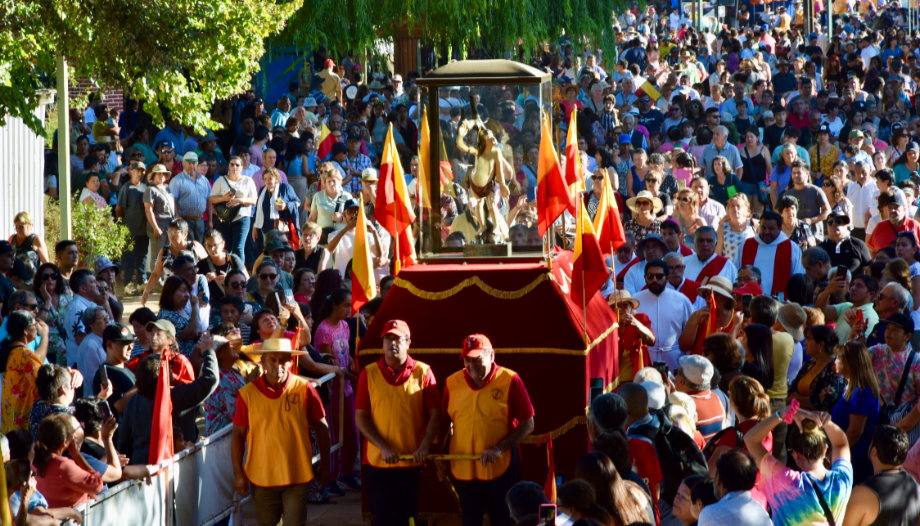
 The pilgrimage to the Apostle
The pilgrimage to the Apostle